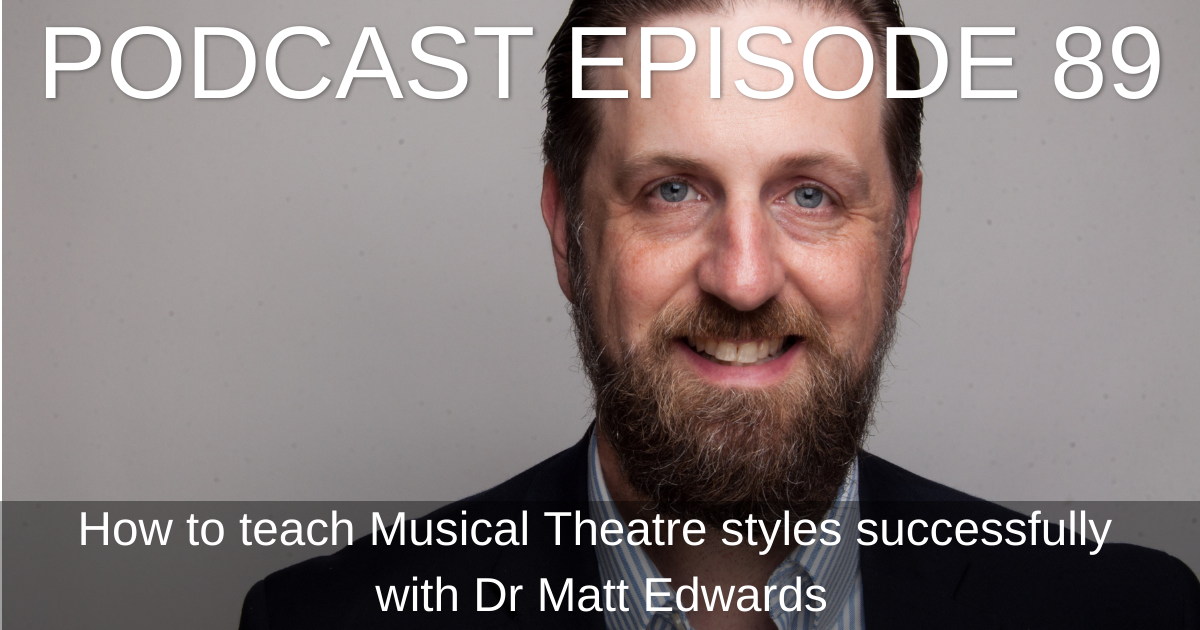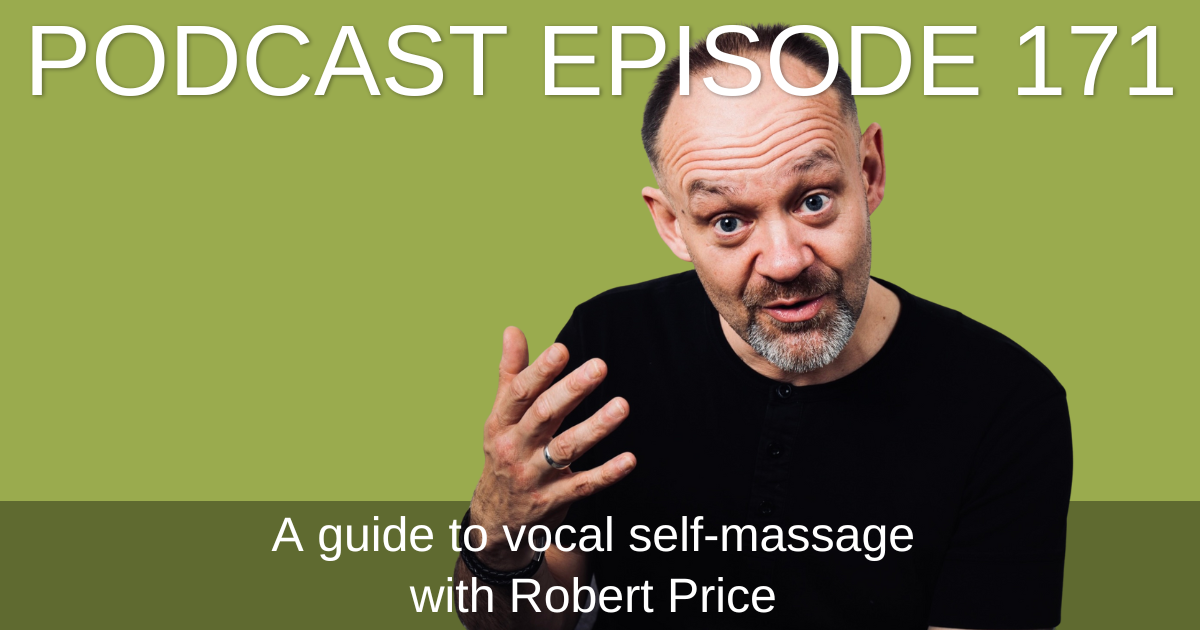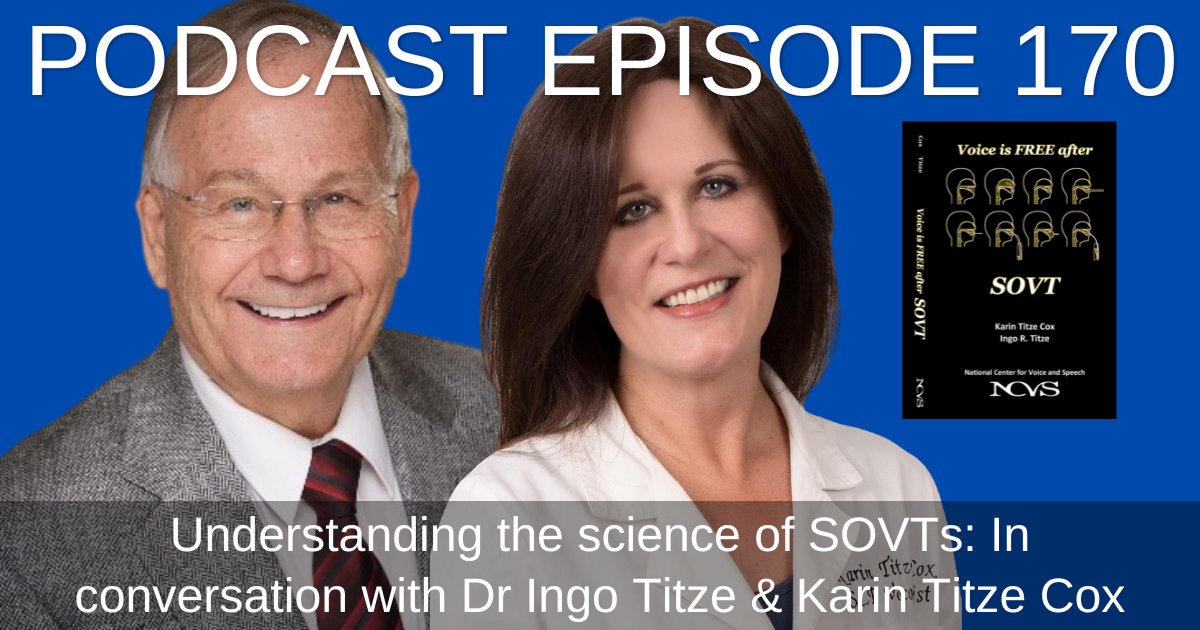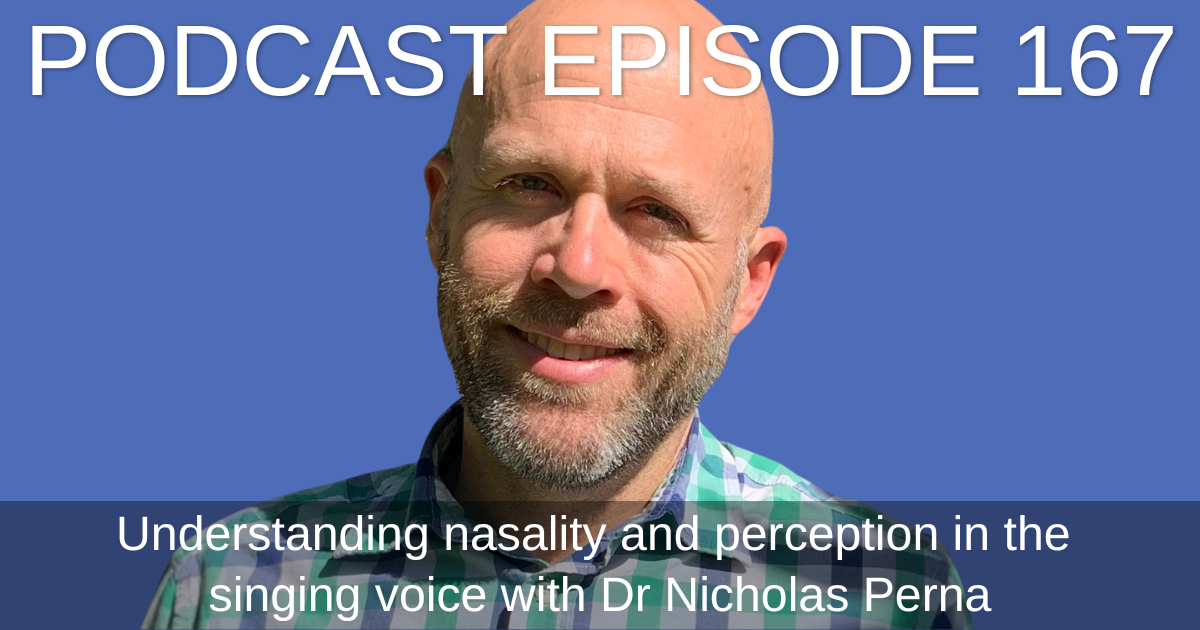Today’s guest is the Associate Professor of Voice and Theatre, Coordinator of Musical Theatre Voice Training and Artistic Director of the CCM Vocal Pedagogy Institute of the Shenandoah Conservatory. He has written articles for the Journal of Singing and has contributed to The Manual of Singing Voice Rehabilitation by Leda Scearce and the So You Want to Sing series by NATS. Dr Matthew Edwards is on the podcast to talk about teaching musical theatre styles.
KEY TAKEAWAYS
- Matt plays several instruments and understands enough so that when something’s going wrong with the voice, he knows what to do to fix it. It’s reasonable that singers should be able to do the same thing.
- At a very basic level, singers should understand that their voice has a power source, the respiratory system, and have some knowledge of how it works. When you breathe in and fill your lungs with air, that air wants to get back out. So the more air you take in, the more air that wants to get out, and that’ll make you louder. The less air you take in, the less air that’s going to come out, so you’ll be a little bit quieter.
- Think about the vocal folds – that’s where the buzz happens. So if you want breathy singing, you need lightly closed vocal folds. If you want to have more edge to the sound, then you’re going to have to close those vocal folds up a little bit for a belt or for an overdrive.
- Singers need to know enough about their voice to keep it functioning, but they don’t have to know enough to be able to tune it on their own.
- In the early history of musical theatre singers performed unamplified and so had to project their voices to the back of the theatre. A lot of that classical technique work was beneficial because classical singers were projecting their voices acoustically as well. In the early days of the Golden Age of musicals, singers needed to think about having enough air in their lungs to project the voice and then use it accordingly.
- When you get into microphone singing and amplified singing, you’re no longer trying to project your voice far away from you. You’re trying to project it just centimetres away from you.
BEST MOMENTS
‘It doesn’t have to be in depth about understanding every muscle name, but just that basic biomechanics of how the respiratory system works’
‘So to me, it’s about getting them to understand the basics so they can troubleshoot on their own’
‘Donors change as the economy changes’
EPISODE RESOURCES
Guest Website:
Social Media:
- Instagram: @edwards_voice
Relevant Links & Mentions:
- How The Voice Works Course: https://www.how-the-voice-works.com/enroll-now
- Singing Teachers Talk Podcast: Ep. 84 The Benefits of Cross-Genre Training with The Voice Collective: open.spotify.com/episode/50yCDCVVxrgJp9NiQQFqKu?si=6a8a946adf8b4709
- pickerwheel.com
- Thomas Cleveland at the Vanderbilt University Medical Centre: vumc.org/ent/person/thomas-f-cleveland-mm-phd
- Respiratory Function in Singing: A Primer for Singers and Singing Teachers by Thomas J Hixon
- Respiratory Function in Speech and Song by Thomas J Hixon
- Breathing for Singers: A Comparative Analysis of Body Types and Breathing Tendencies by Jennifer Cowgill: thefreelibrary.com/Breathing+for+singers%3A+a+comparative+analysis+of+body+types+and…-a0221850658
- Journal of Singing: nats.org/cgi/page.cgi/about_journal_singing.html
- Etude Magazine
- Cinderella (original): youtu.be/a0iOeAHeCA8
- Cinderella (revival): youtu.be/rVY3nV21Ixs
- National Association of Teachers of Singing (NATs): org
- Vocal Authority: Singing Style and Ideology by John Potter
- Ken Bozeman: kenbozeman.com
- Acting in Musical Theatre: A Comprehensive Course by Joe Deer & Rocco Dal Vera
- Cross-Training in the Voice Studio: A Balancing Act by Norman Spivey & Mary Saunders-Barton
- So You Want to Sing CCM (NATs Series) edited by Matthew Hoch
- Training Contemporary Commercial Singers by Elizabeth Ann Benson
- Highbrow-lowbrow: Emergence of Cultural Hierarchy in America – The William E Massey Sr. Lectures in American Studies
- The Rise and Fall of the Broadway Musical by Mark Grant
- The Theatre Will Rock by Elizabeth Lara Wollman
ABOUT THE GUEST
Matt Edwards is currently an Associate Professor of Voice and Theatre, Coordinator of Musical Theatre Voice Training, and Artistic Director of the CCM Vocal Pedagogy Institute at Shenandoah Conservatory.
Edwards’ work lies at the intersection of identity, technique and artistry. He uses evidence-based techniques that coordinate the instrument and empower performers to communicate the human experience through song. Former and current students have performed on American Idol, Broadway, off-Broadway, national and international tours, national television, cruise ships, theme parks, bands touring throughout the world. He has written dozens of articles and book chapters for publications including the Journal of Singing, Journal of Voice, Vocal Athlete, Manual of Singing Voice Rehabilitation, Training Contemporary Commercial Singers and numerous editions of the So You Want to Sing book series. His book So You Want to Sing Rock ‘N’ Roll? is published by Rowman and Littlefield Publishing and was called “an authoritative text on rock ‘n’ roll singing” by Classical Singer magazine.
In high demand for his presentations and masterclasses on commercial and musical theatre voice, he has presented at the National Association of Teachers of Singing (NATS) National Conference, NATS Summer Workshop, Voice Foundation Annual Symposium Care for the Professional Voice, Acoustical Society of America, Southeastern Theatre Conference, Musical Theatre Educators Association, National Center for Voice and Speech, Pan-American Vocology Association, and NATS chapters and universities throughout North America.
Link to podcast presenter’s bios






